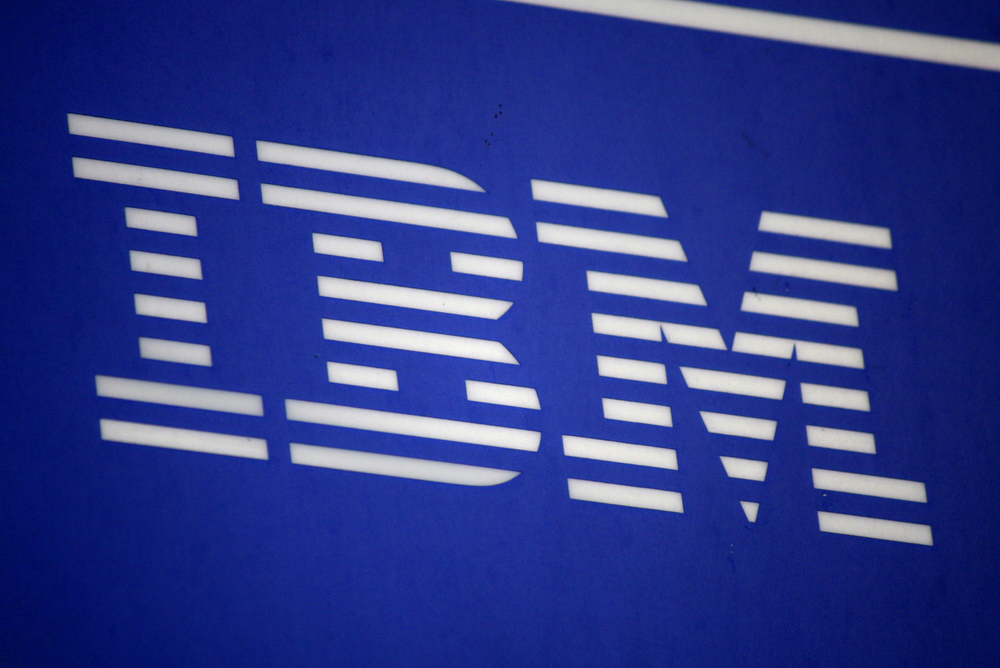

After Silicon‘s recent look back at server operating systems, we this week have opted to examine a historic operating system for the PC sector.
Specifically, it was an operating system that was designed to help IBM regain control of the PC industry.
It was called OS/2, and it was initially developed by both IBM and Microsoft. However the two firms fell out in the early 1990s, leaving IBM to go it alone. Needless to say, OS/2 failed to halt Windows’ domination of the PC sector.
In order to understand IBM’s reasoning for OS/2, a bit of context is needed first.
IBM of course was the inventor of the original PC. Big Blue had introduced the IBM PC 5150 to the world back in 1981, but it made it an open architecture product, which meant that other firms could easily clone it and make ‘IBM-compatible PCs’.
This resulted in IBM effectively losing complete control of the PC market, which in turn eventually led to IBM exiting the PC market altogether when it sold off its PC division to Lenovo in 2005.
But for a while in the 1980s and 1990s, Big Blue dreamed it could once again regain control of the industry it had helped create.
It approached its long-time software partner (Microsoft) to help it develop a new operating system for a brand new PC device, with which it intended to wrestle back control of the PC sector.
This new device would be harder to clone than the PC, but what would it be called?
Well, back in the day IBM had a fairly rigid naming system for its tech. For example the IBM System/360 mainframe ran the OS/360 operating system. Thus its successor to the PC was called the Personal System/ 2 (or PS/2 – sorry Sony).
Hence the new operating system would be called OS/2, and development work began on it in 1985 under the codename CP/DOS.
IBM designed the operating system, but it was Microsoft which wrote the code. However IBM at this time had decided it would retain full rights to the product and its licensing.
It took two years of development before OS/2 version 1.0 arrived in December 1987. It required a 286 processor, 1.5MB of RAM, and offered a DOS like interface.
A proper GUI interface, similar to Windows 2.1 was added a year later with OS/2 1.1 in November 1988.
Further versions were released but the relationship between IBM and Microsoft was coming under increasing strain.
By this time Microsoft was making a fortune (and growing very rapidly) thanks to its Windows operating system. The release of Windows 3.0 was hugely successful for Redmond and it was selling millions of copies of the OS thanks to it being bundled on most new PCs.
So why would Redmond still assist in the development of a rival operating system that sought to challenge the PC market?
Well it wouldn’t, and in 1990 the relationship between IBM and Microsoft broke down amid complaints (from Microsoft) about IBM’s bureaucracy (Big Blue for example used lines of code to rate programmer productivity).
The relationship ceased altogether in 1992 and IBM took over the sole development of the OS/2 operating system by itself.
Unfortunately for IBM at the time, the PC juggernaut was fully under way.
OS/2 could only be purchased as an expensive standalone operating system. And to make matters worse, it often lacked device drivers for common third party devices such as printers and non-IBM hardware.
Indeed, IBM was trying very hard to use OS/2 to force companies to purchase IBM kit. But the industry was having none of it.
Microsoft on the other hand had designed Windows to be used on all types of hardware, from a huge range of suppliers.
OS/2 was always regarded by its supporters as the superior operating system when compared against the likes of Windows 3.1 or Windows 95 for example.
Later versions of OS/2 were compatible with Windows 3.x, and OS/2 version 3.0 (renamed OS/2 Warp) boasted about its performance benefits, better hardware support, and IBM Works (a basic Office like application suite).
But the fact remained that it was Microsoft Windows which was still being installed on nearly all new PCs being purchased.
Matters were not helped by reports that OS/2 could not even be installed properly on IBM’s own Aptiva series of home PCs.
And it should be remembered that the 1990s was the decade when the PC moved from becoming just an office device, and into people’s homes as well.
People’s first encounter with the PC was generally with Windows, not OS/2.
Incidentally, Microsoft had tried in 1994 to end its rivalry with its former partner. It offered IBM the same terms as Compaq (the largest PC manufacturer at the time) for a license of Windows 95, if IBM cease development of OS/2 completely.
But IBM refused and for the next few years it sought to disparage Windows and promote OS/2 Warp and sales of its own hardware.
And matters were further strained when IBM purchased Lotus SmartSuite in 1995, a direct rival to Microsoft’s Office suite.
IBM kept releasing new versions of OS/2 until 2001, and it eventually pulled the plug altogether on the operating system in late 2006 when it terminated support.
That said, OS/2 is not dead. It is still being updated, maintained and marketed under the name eComStation, but this is for specialist industry niches only.
American space agency prepares for testing of Boeing's Starliner, to ensure it has two space…
As UK and Europe develop closer military ties, European Commission says it will invest €1.3…
Zuckerberg seeks to revive Facebook's original spirit, as Meta launches Facebook Friends tab, so users…
Notable development for Meta, after appeal against 2021 WhatsApp privacy fine is backed by advisor…
First sign of shake-up under new CEO Lip-Bu Tan? Three Intel board members confirm they…
Trump's nominee for SEC Chairman, Paul Atkins, has pledged a “rational, coherent, and principled approach”…